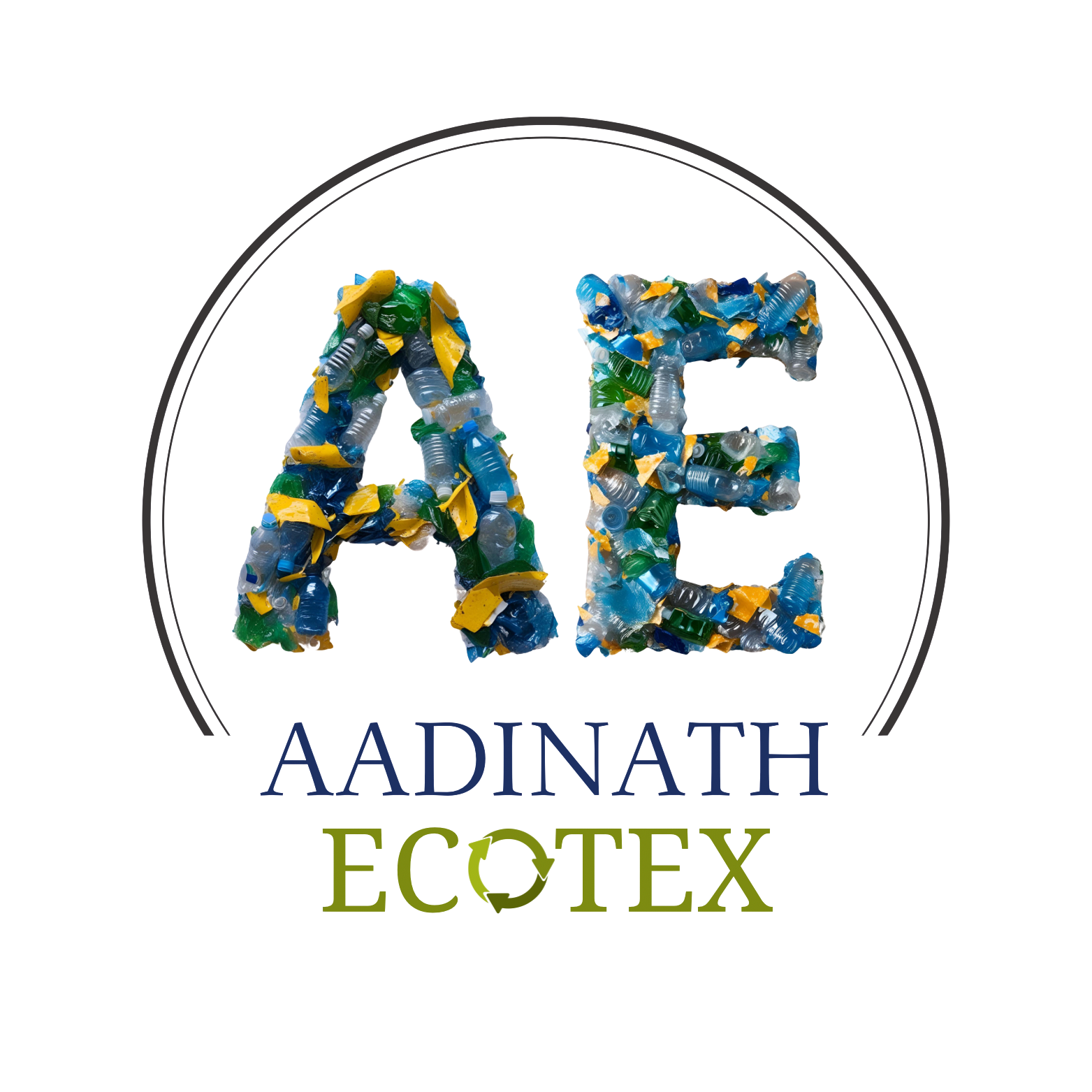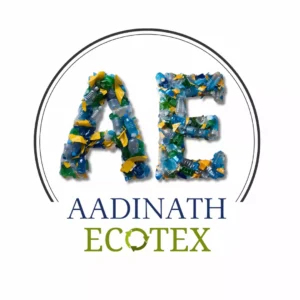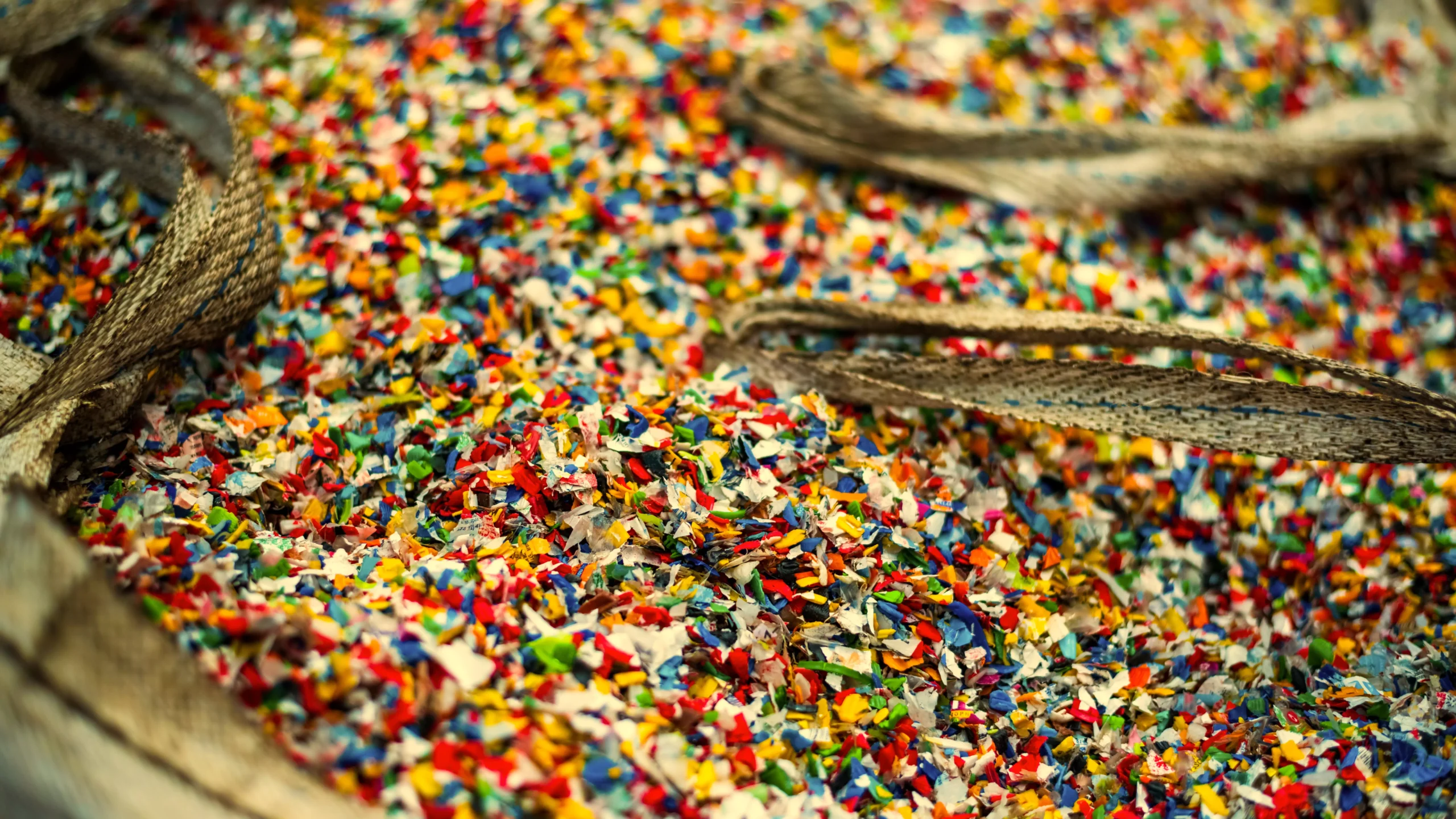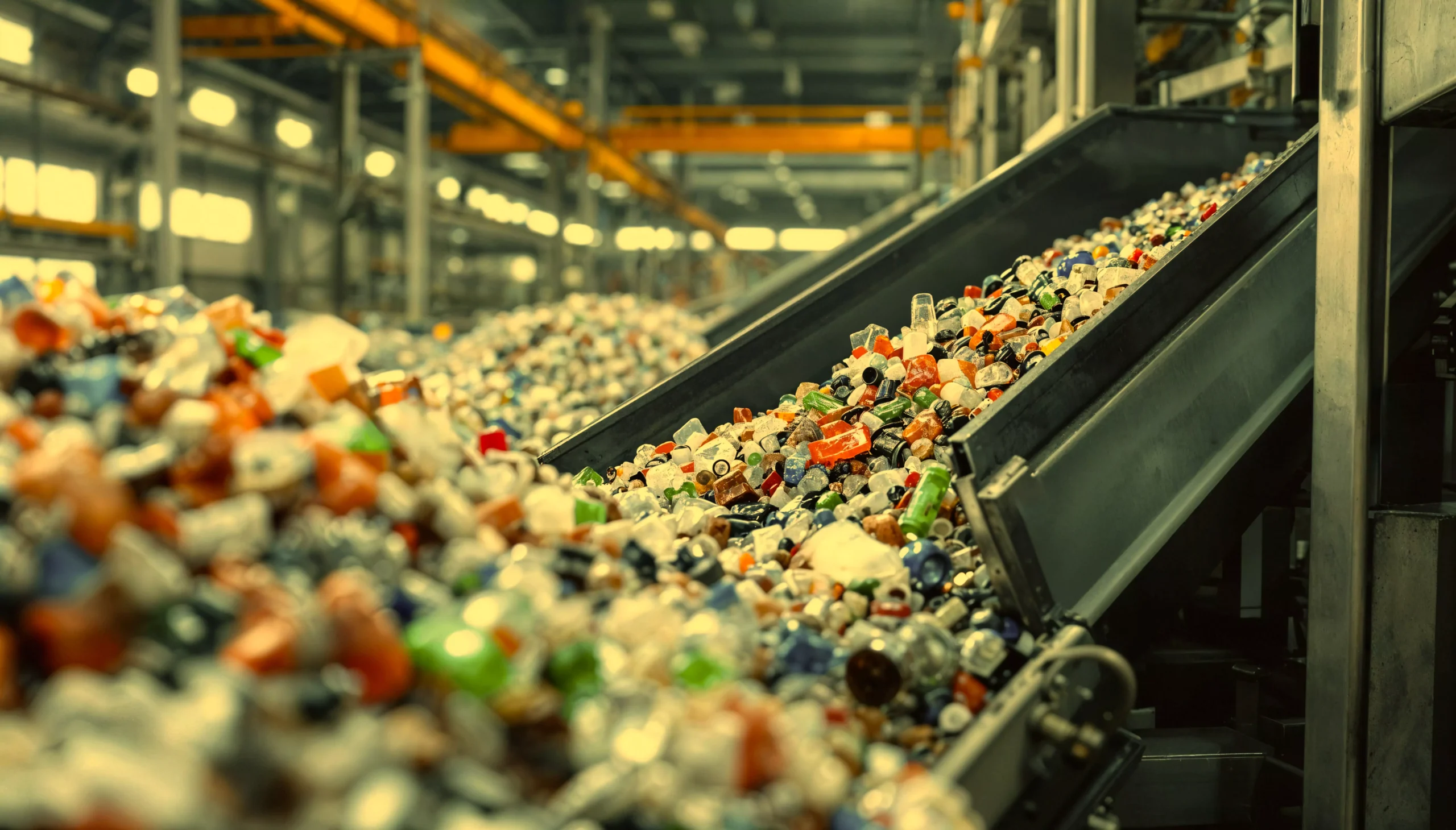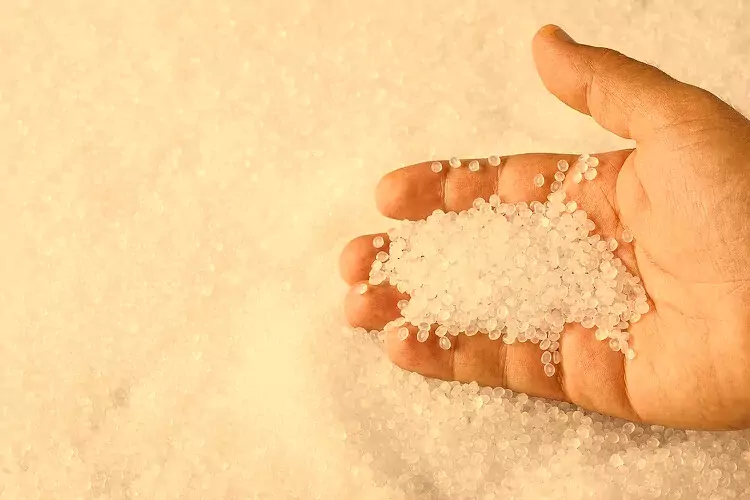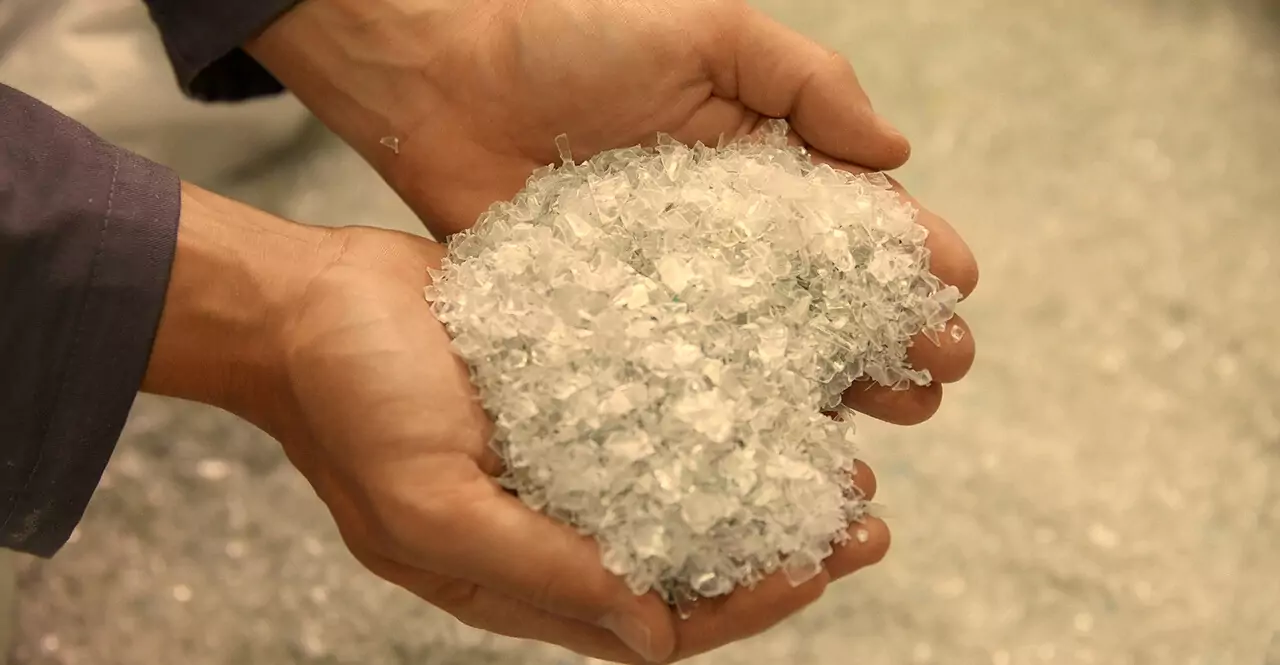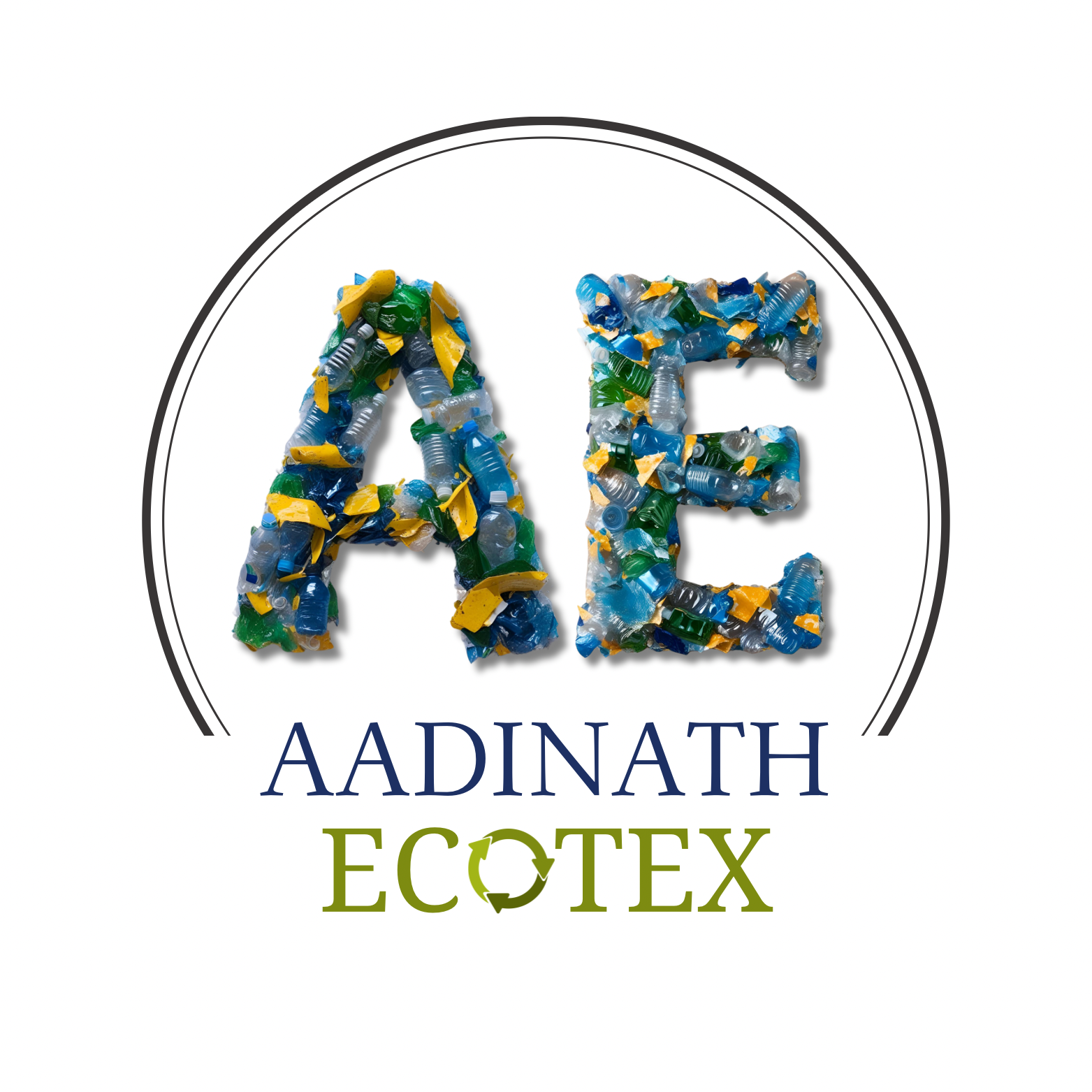Introduction
As the global demand for sustainable solutions rises, industries are increasingly shifting away from linear production models that rely heavily on finite resources. One of the most transformative innovations in recent years is the circular economy model, which emphasizes reusing, recycling, and regenerating materials to extend their lifecycle. At the heart of this shift lies the use of recycled polyethylene terephthalate, or rPET flakes, which are proving essential in redefining how we view and use plastic.
What Are rPET Flakes?
rPET flakes are derived from post-consumer PET plastic bottles that are collected, cleaned, shredded, and processed into flakes. These flakes serve as a raw material for manufacturing a variety of products, such as textiles, packaging materials, containers, and industrial components. The widespread availability and recyclability of PET make it one of the most suitable plastics for closed-loop recycling systems.
Understanding the Circular Economy
A circular economy is a regenerative approach that contrasts with the traditional “take-make-dispose” linear model. In a circular system, products and materials are kept in use for as long as possible through reuse, recycling, and remanufacturing. This model helps minimize waste, conserve natural resources, and reduce environmental impact.
By turning plastic waste into reusable materials, rPET plays a critical role in closing the loop. Instead of sending used PET bottles to landfills or incinerators, they are converted into rPET flakes and given a second life. This contributes to resource efficiency, economic savings, and environmental protection.
Environmental Benefits of rPET Flakes
1. Reducing Plastic Waste
Plastic waste is one of the biggest environmental challenges of our time. It is estimated that over 400 million tons of plastic are produced each year, with a significant portion ending up in landfills or the ocean. rPET flakes help address this issue by repurposing PET waste into valuable raw materials, thereby reducing the volume of plastic discarded into the environment.
2. Lower Carbon Footprint
Producing rPET requires significantly less energy compared to virgin PET. According to studies, manufacturing products with rPET reduces greenhouse gas emissions by up to 79%. This makes rPET an eco-friendly alternative for companies seeking to minimize their environmental impact.
3. Conserving Natural Resources
Virgin PET is made from petrochemical resources like crude oil and natural gas. By using rPET flakes, manufacturers can reduce their dependence on these non-renewable resources, contributing to resource conservation and sustainable development.
Applications of rPET Flakes in the Circular Economy
1. Textile and Apparel Industry
One of the most common uses of rPET flakes is in the production of polyester fibers, which are used to make clothing, home textiles, and industrial fabrics. By replacing virgin polyester with rPET-based fibers, fashion brands are making strides toward circular fashion, reducing their environmental footprint while offering high-performance, sustainable products.
2. Packaging Industry
rPET flakes are widely used in the manufacturing of new bottles, containers, and trays. These recycled products meet strict safety standards, making them suitable for food-grade applications. Many beverage companies now use rPET in their packaging to meet sustainability goals and reduce plastic waste.
3. Automotive and Construction Sectors
In the automotive industry, rPET is used in seat fabrics, insulation, and various plastic components. Similarly, in construction, rPET is used in products like composite panels, insulation materials, and piping systems. These applications not only provide durability but also promote resource efficiency.
4. Consumer Goods
Many household items such as carpets, bags, shoes, and electronic casings are now being made using rPET flakes. The material’s versatility and sustainability make it a preferred choice for eco-conscious manufacturers.
Economic Advantages of rPET Flakes
1. Cost Savings for Manufacturers
While initial investments in recycling infrastructure can be high, the long-term savings from using rPET outweigh the costs. Manufacturers benefit from reduced raw material costs, lower energy consumption, and potential government incentives for using recycled materials.
2. Job Creation and Economic Growth
The recycling industry, including rPET processing, creates numerous job opportunities—from waste collection to processing and manufacturing. This contributes to local economic development and supports a more inclusive and resilient economy.
3. Enhancing Brand Value
Consumers today are more environmentally aware and favor brands that demonstrate sustainability. Companies using rPET in their products often enjoy enhanced brand reputation, customer loyalty, and a competitive advantage in the market.
Challenges in rPET Adoption
1. Quality Control and Contamination
One of the major challenges in producing high-quality rPET is contamination during collection and sorting. Impurities like PVC can compromise the performance of rPET products. Advanced sorting and cleaning technologies are essential to ensure the purity of the final flakes.
2. Limited Supply Chain Infrastructure
In many regions, the infrastructure for collecting and processing post-consumer PET is underdeveloped. Expanding these facilities and encouraging public participation in recycling are critical to ensuring a consistent supply of raw material.
3. Regulatory and Compliance Issues
Different countries have varying regulations regarding recycled plastics, particularly for food-grade applications. Harmonizing global standards and providing clear guidelines can facilitate wider adoption of rPET.
Future Outlook for rPET in a Circular Economy
The demand for rPET is expected to grow significantly as governments and industries commit to sustainability targets. Innovations in recycling technology, such as chemical recycling and advanced sorting systems, are making it possible to recover more plastic waste and produce higher-quality rPET flakes.
Brands are increasingly investing in closed-loop systems where their own products are collected, recycled, and reused. These systems enhance resource efficiency and transparency in the supply chain. With proper investment, policy support, and consumer awareness, rPET flakes can drive a meaningful shift toward a circular plastic economy.
Conclusion
rPET flakes are not just a sustainable alternative to virgin plastics—they are a cornerstone of the circular economy. By converting plastic waste into valuable resources, they help reduce environmental impact, conserve resources, and promote sustainable manufacturing practices.
For businesses looking to enhance their sustainability credentials, incorporating rPET into their supply chain offers a practical and impactful solution. As awareness grows and technology advances, the role of rPET flakes will only become more prominent in shaping a cleaner, greener future.
